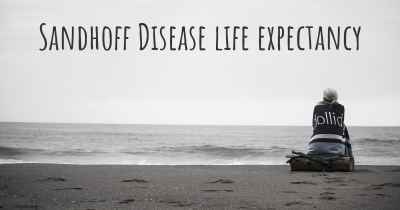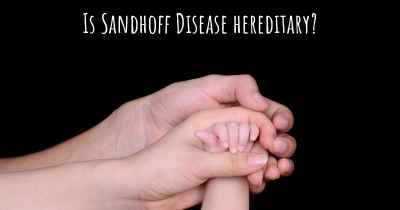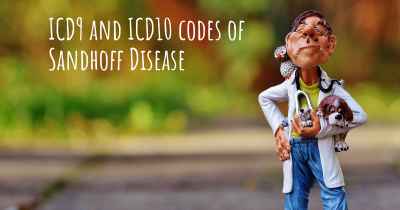How do I know if I have Sandhoff Disease?
What signs or symptoms may make you suspect you may have Sandhoff Disease. People who have experience in Sandhoff Disease offer advice of what things may make you suspicious and which doctor you should go to to receive treatment

Sandhoff Disease is a rare genetic disorder that affects the nervous system. It is a type of lysosomal storage disorder characterized by the accumulation of harmful substances in the body's cells. This condition is caused by a deficiency of a specific enzyme called hexosaminidase, which is responsible for breaking down certain fatty substances.
Symptoms:
The signs and symptoms of Sandhoff Disease usually appear in infancy or early childhood. The severity and progression of the disease can vary among individuals, but common symptoms include:
- Neurological problems: Children with Sandhoff Disease often experience progressive deterioration of their motor skills, such as muscle weakness, poor coordination, and difficulty walking. They may also have seizures, an exaggerated startle response, and intellectual disability.
- Loss of muscle tone: Infants with Sandhoff Disease may have weak muscle tone (hypotonia) and may not be able to sit, crawl, or walk at the expected age.
- Enlarged liver and spleen: Some individuals with Sandhoff Disease may develop hepatosplenomegaly, which is the enlargement of the liver and spleen.
- Cherry-red spot: An eye abnormality called a cherry-red spot may be present in some individuals. This spot can be identified during an eye examination.
Diagnosis:
If you suspect you or your child may have Sandhoff Disease, it is important to consult with a healthcare professional. The diagnosis of Sandhoff Disease involves a combination of clinical evaluation, genetic testing, and specialized laboratory tests. A healthcare provider will assess the symptoms, perform a physical examination, and may order blood tests to measure the levels of hexosaminidase enzyme.
Treatment and Management:
Unfortunately, there is currently no cure for Sandhoff Disease. Treatment mainly focuses on managing the symptoms and providing supportive care. This may involve a multidisciplinary approach, including physical therapy, occupational therapy, and medications to control seizures. Regular monitoring and follow-up with healthcare professionals are essential to address the specific needs of individuals with Sandhoff Disease.
Genetic Counseling:
Since Sandhoff Disease is a genetic disorder, it is important to consider genetic counseling if you have a family history of the condition or if you have previously had a child with Sandhoff Disease. A genetic counselor can provide information about the risk of passing the disease to future children and discuss available options for family planning.
If you suspect Sandhoff Disease based on the symptoms described, it is crucial to seek medical advice for an accurate diagnosis and appropriate management. Remember, early intervention and support can significantly improve the quality of life for individuals with Sandhoff Disease.








